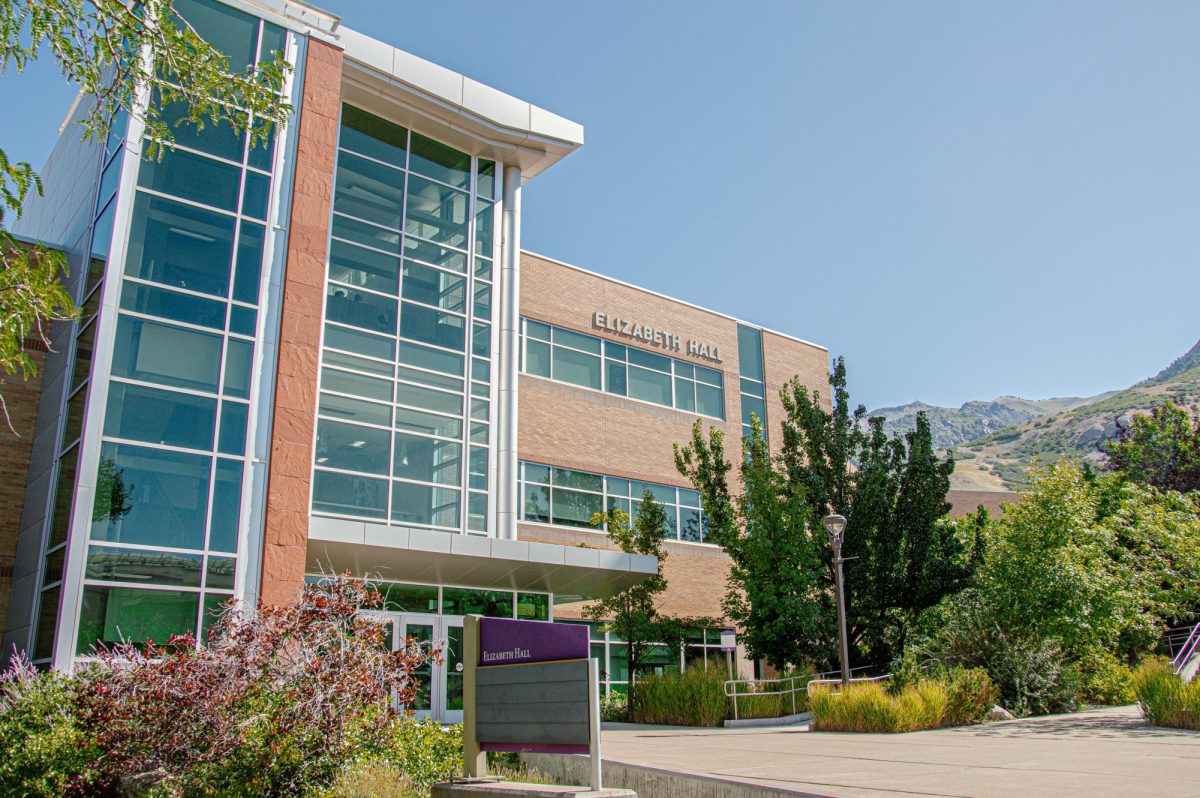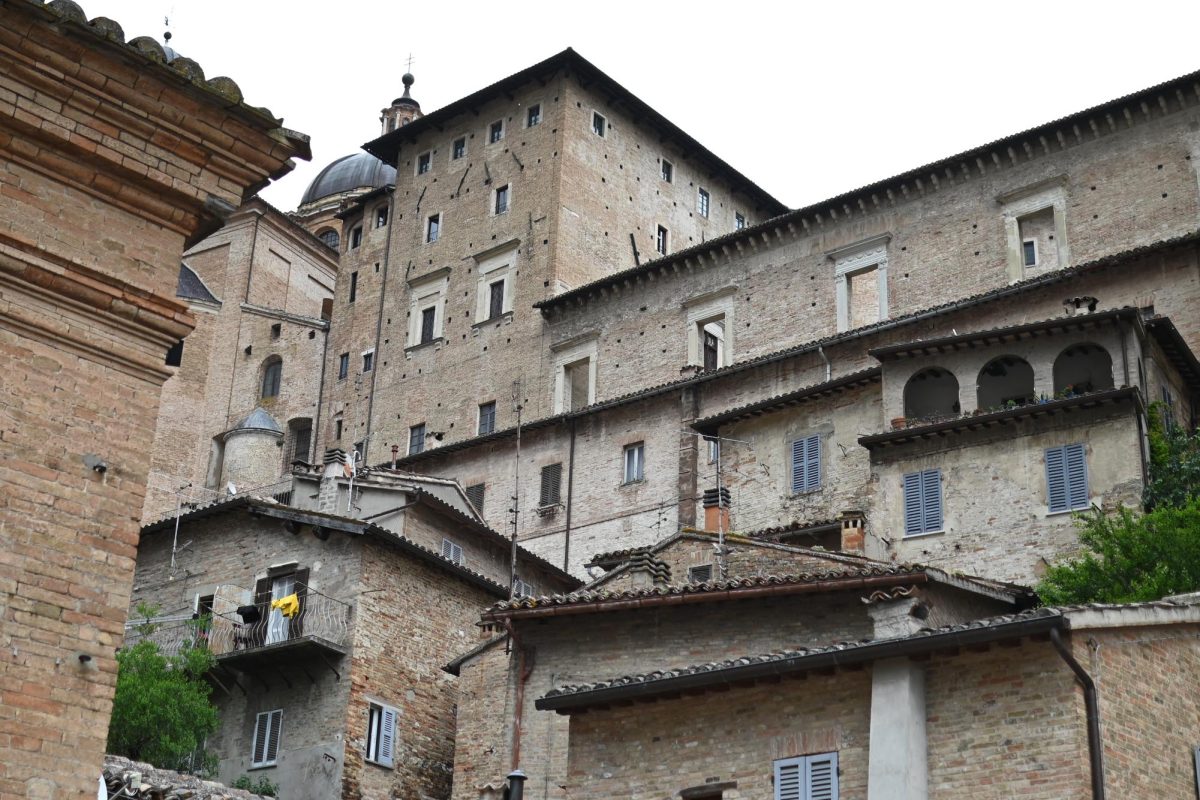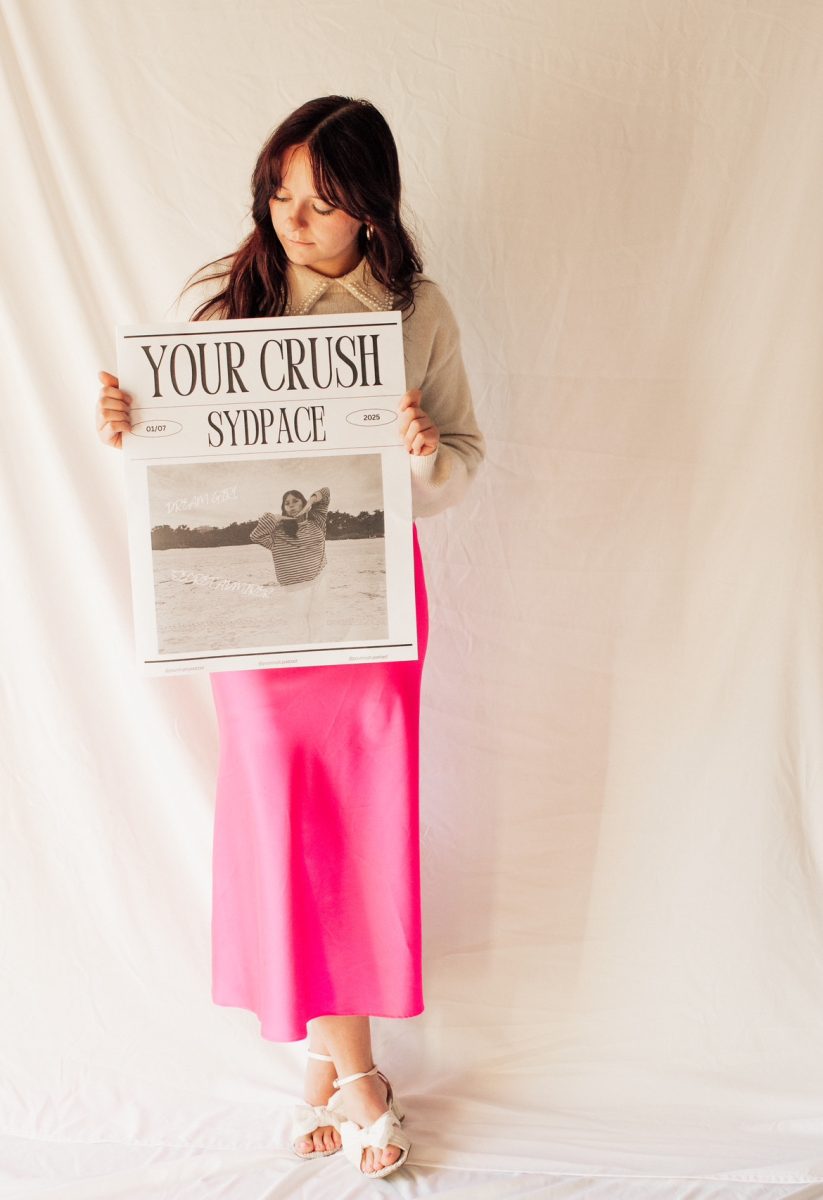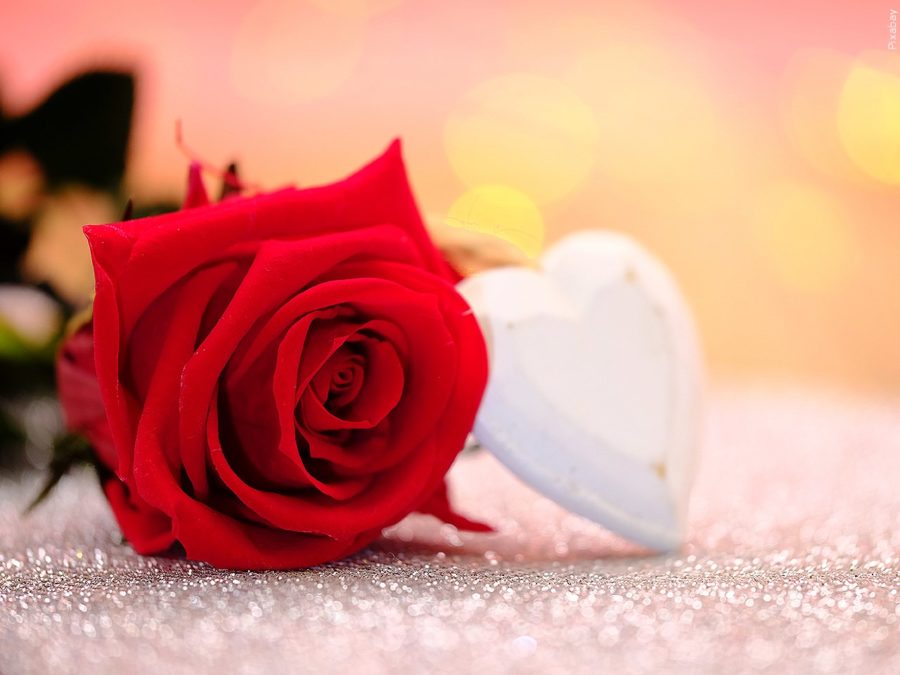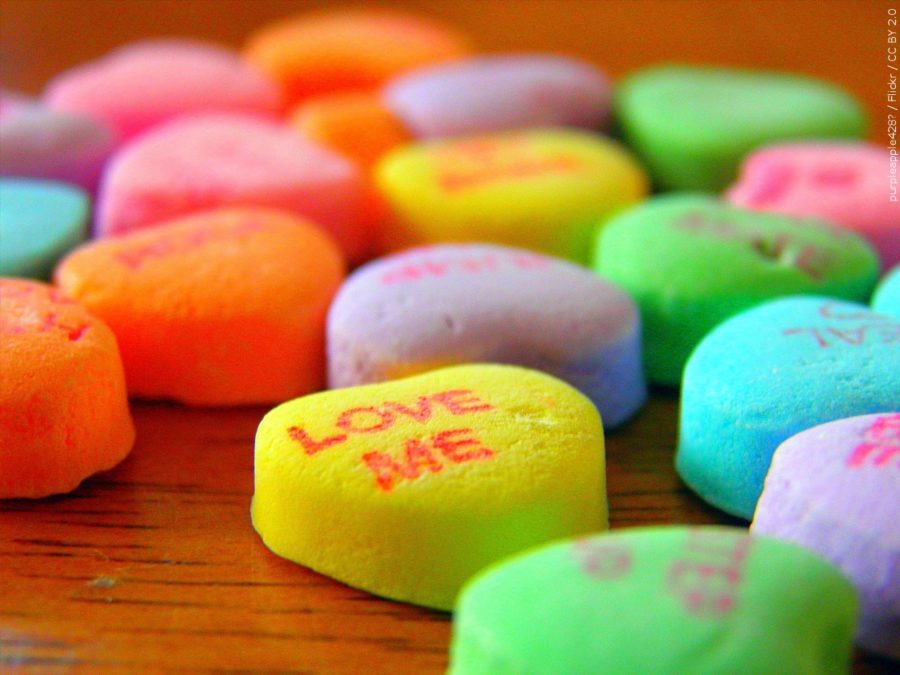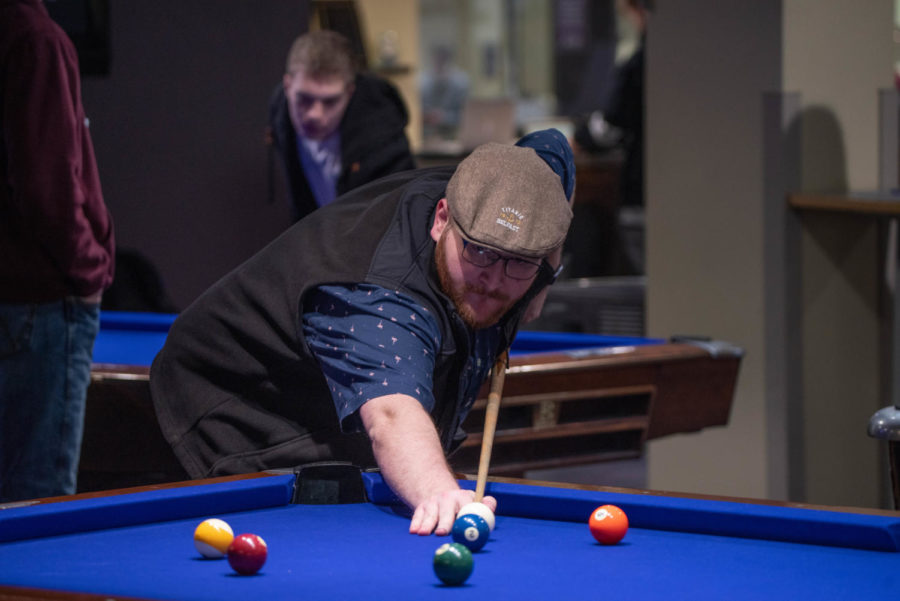
Today, people recognize Halloween as a holiday when children dress up in costumes and parade from house to house to receive candy at every door. For adults, it presents an opportunity to host parties and dress up in elaborate costumes. At the same time, from Oct. 31 to Nov. 2, the Spanish culture celebrates the Day of the Dead, a day to gather and remember family and friends who have died and honor ancestors.
“The Day of the Dead is a Mexican tradition . . . originally from ancient civilizations before the Spanish came over,” said Alicia Giralt, a Weber State University Spanish professor. “The Aztecs had a celebration that was a month long, and then when the Spaniards came, the Catholics had a celebration in the first of November. In the first of November, they celebrate old saints. So this is like a combination of the Catholic celebration and the Aztec celebration. It’s not Halloween; it is totally different from Halloween.”
The Day of the Dead is now celebrated for two days. The Spanish culture believes the ancestors come back during that time. Unlike Halloween, the Day of the Dead is not intended to be spooky, but to honor dead relatives.
“I know (with) my dad, his family goes to my grandparents’ cemetery, and they spend a couple of hours at the grave,” said Alexis Frias, junior and medical lab major. “They bring my grandparents’ favorite dishes of food and they eat there. That is kind of to remember them and live with them again in a way. The family goes and just kind of celebrates and honors; they live with their spirit there for a little while.”
Even though many WSU students don’t celebrate Day of the Dead, many are still aware of the holiday and how meaningful it is for many people.
“I served my mission in San Jose, Calif.,” said Rachelle Simonsen, junior and health promotion major. “I remember the first time I saw anything for the Day of the Dead. I remember walking into a house we had been in a bunch of times and just seeing this table that had never been there before and just covered in pictures of people I had never seen before. They had tons of food spread out; it was a very, very nice-looking table, and it was beautifully decorated.”
Many WSU students get pumped up about American Halloween traditions and focusing on their favorite parts of it, no matter what age they are.
“My favorite part of Halloween is I love dressing up,” said Andreas Sanchez, freshman and computer science major. “Costumes are awesome. But it kind of sucks if you are in between the ages of 12 and 21, because you can’t really trick-or-treat anymore and you can’t go clubbing. But I think when you are young and older it’s fun.”
According to Historyofhalloween.org, Halloween originated more than 2,000 years ago in Ireland, marking the end of harvest and start of winter. The Celts believed that on Halloween, there was no boundary between the realms of the dead and living.
“The costumes and how creepy Halloween is (are) my favorite part,” said Adam Van Der Torren, a freshman and psychology major. “I like all of the dark and morbid things; that’s how my thought process goes usually, in a happy way, I guess. I am going to a big party in Layton, the Cirque party.”
Costumes are a primary part of Halloween, and many WSU students enjoy being someone else for a day or simply spending an evening participating in a family tradition.
“Now that I am kind of older and out of the trick-or-treating stage, me and my family, we watch a horror movie in the front room while we hand out candy to trick-or-treaters,” said WSU freshman Hunter Brown. “My favorite part is watching all of the little kids; they are just so excited. It is just something that brings you back to your childhood, to see them all in their little costumes. They are just so happy.”






